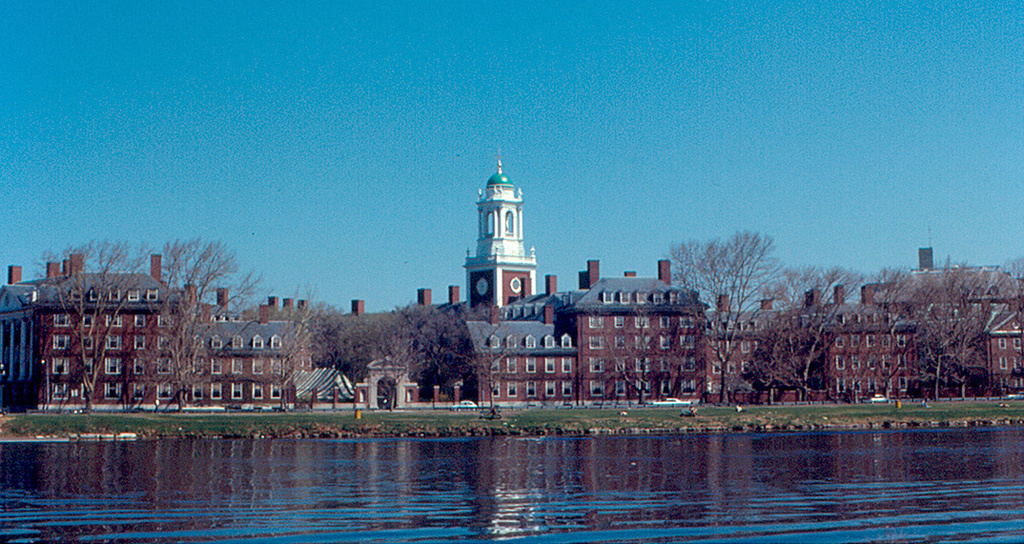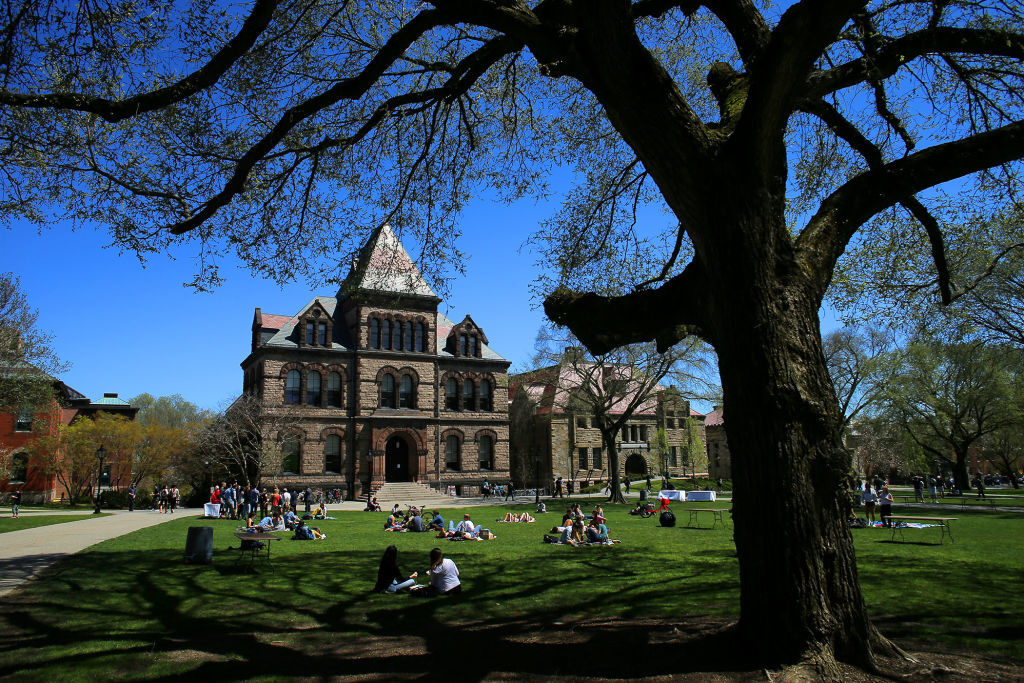These are the world’s top young universities

- Young universities are thriving, providing excellent education and research.
- The latest rankings of institutions less than 50 years old includes some new entries.
- Africa has the most entries on the list, followed by Oceania and Asia.
Which is the world’s oldest university? If you said Bologna or Oxford, you were on the money. But could you name the youngest? Now a new survey has ranked the world’s universities that are under 50 years old.
Top of the Times Higher Education Young Universities 2022 rankings is Paris Sciences et Lettres – PSL Research University, Paris. Founded in 2010, one of its constituent colleges dates back to the 16th century, so it’s no novice. It’s also the first French university to hold the top spot.
Hardly surprising then that the institution counts 28 Nobel laureates among its alumni. According to Times Higher Education (THE), PSL accounts for more than a tenth of all research conducted at universities in France, having no fewer than 140 laboratories.
PSL, which was ranked second in the 2021 young university rankings, has 20,500 students, a female-to-male student ratio of 47:53 and offers nine bachelor’s and 48 master’s degrees in all disciplines of which about 20 are taught in English.
Second-placed Nanyang Technological University, Singapore swapped places with PSL in 2022 having come first in the 2021 rankings. The two institutions’ ranking scores were just 0.5% apart.
Founded in 1991, Nanyang has 25,000 students from more than 100 countries and maintains close academic ties with leading international universities including Imperial College, London, Stanford and Peking.
Hong Kong University of Science and Technology, established in 1991, retained its third place from the 2021 rankings. One of the university’s life sciences professors, Angela Wu, was named as one of the World Economic Forum’s Young Scientists of the Year in 2018.
New young entries
Fourth place in the rankings was taken by Erasmus University Rotterdam, a new entry in the 2022 rankings. Erasmus has been a university since 1973 although its history can be traced back to the foundation of the Netherlands School of Commerce in the city in 1913.
The university describes itself as offering “notoriously reasonable tuition” with undergraduate fees for European students of around €2,200 ($2,500) a year. It has 39,000 students and researchers across bachelor, masters and doctoral programmes.
Another new entrant in 2022, going straight into the rankings at number six is the Institut Polytechnique de Paris with 8,500 students, a third of whom come from outside of France. The Polytechnic was founded as recently as 2019 although it incorporates schools with over 200 years of history.
The regional view
Hong Kong has three institutions in the top 10 of the 2022 Young University Rankings, with France and the Netherlands each having two and Australia, Belgium and Singapore fielding one apiece.
Across all the universities listed, India and Turkey, both with 40 in the rankings, have the largest number of rated institutions less than 50 years old. Iran and the UK each have 37 followed by Spain with 32, France with 24 and Australia with 23.
The Young University Rankings are based on an evaluation of each institution against 13 criteria grouped into five key areas: teaching; research; citations (research influence); international outlook (staff, students and research); and industry income (or knowledge transfer).
Viewed from a regional perspective, Africa has the most universities in the 2022 rankings with over two thirds of the world’s youngest universities followed by Oceania, Asia, Europe, South and North America.
Exclusive club
A total of 790 institutions submitted data for this year’s league table but many were not ranked because they had either not published at least 1,000 papers in reputable publications over a five-year period or because they only teach in a single subject area, or don’t teach undergraduates.
Those universities that did not meet the eligibility criteria for ranking are simply listed as having ‘reporter’ status in the league table.
“Every year… we have to exclude some universities from the rankings because our World University Rankings methodology has very strict criteria for entry. This makes the ranking a very exclusive club, but one that many universities strive to be part of,” said THE Head of Data Science, David Watkins.
Republished with permission of the World Economic Forum. Read the original article.





